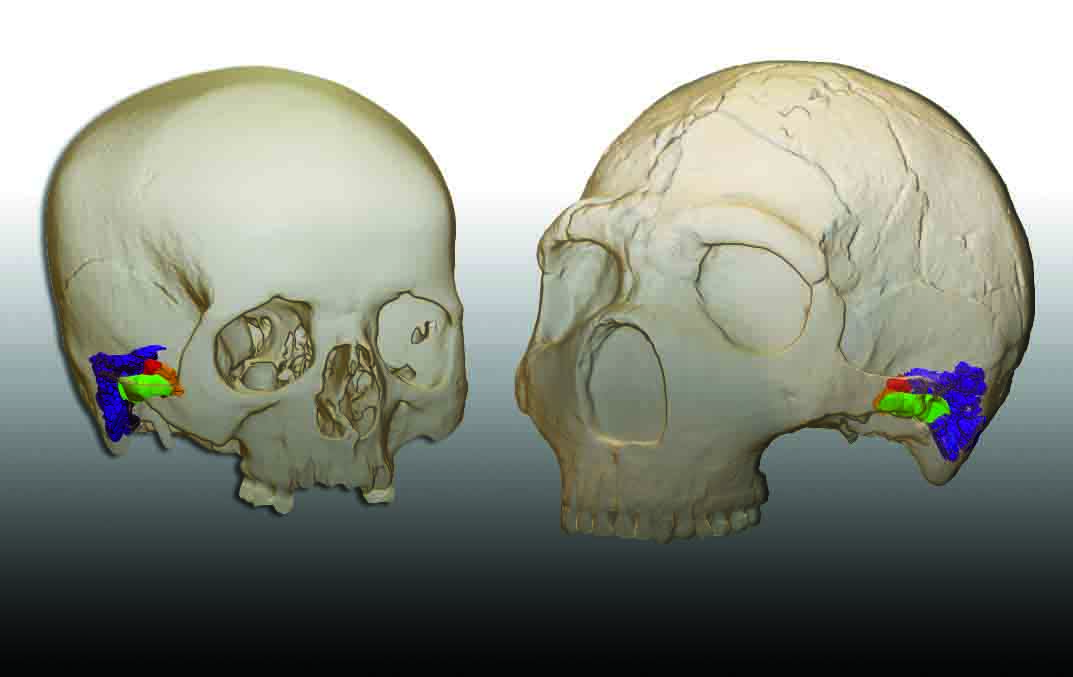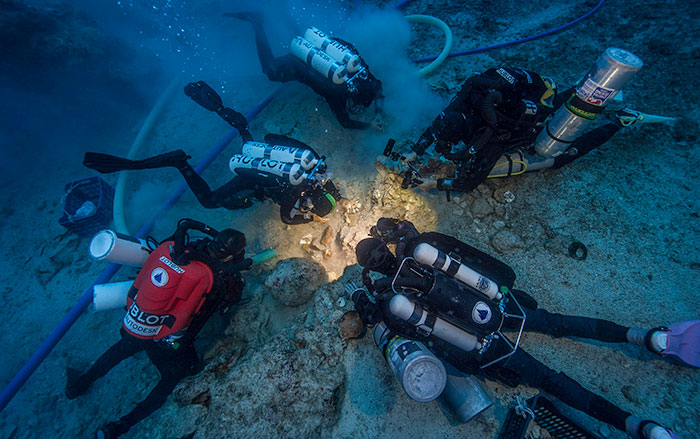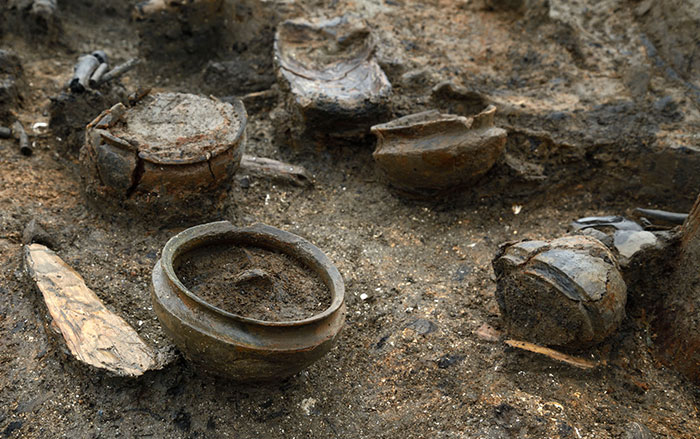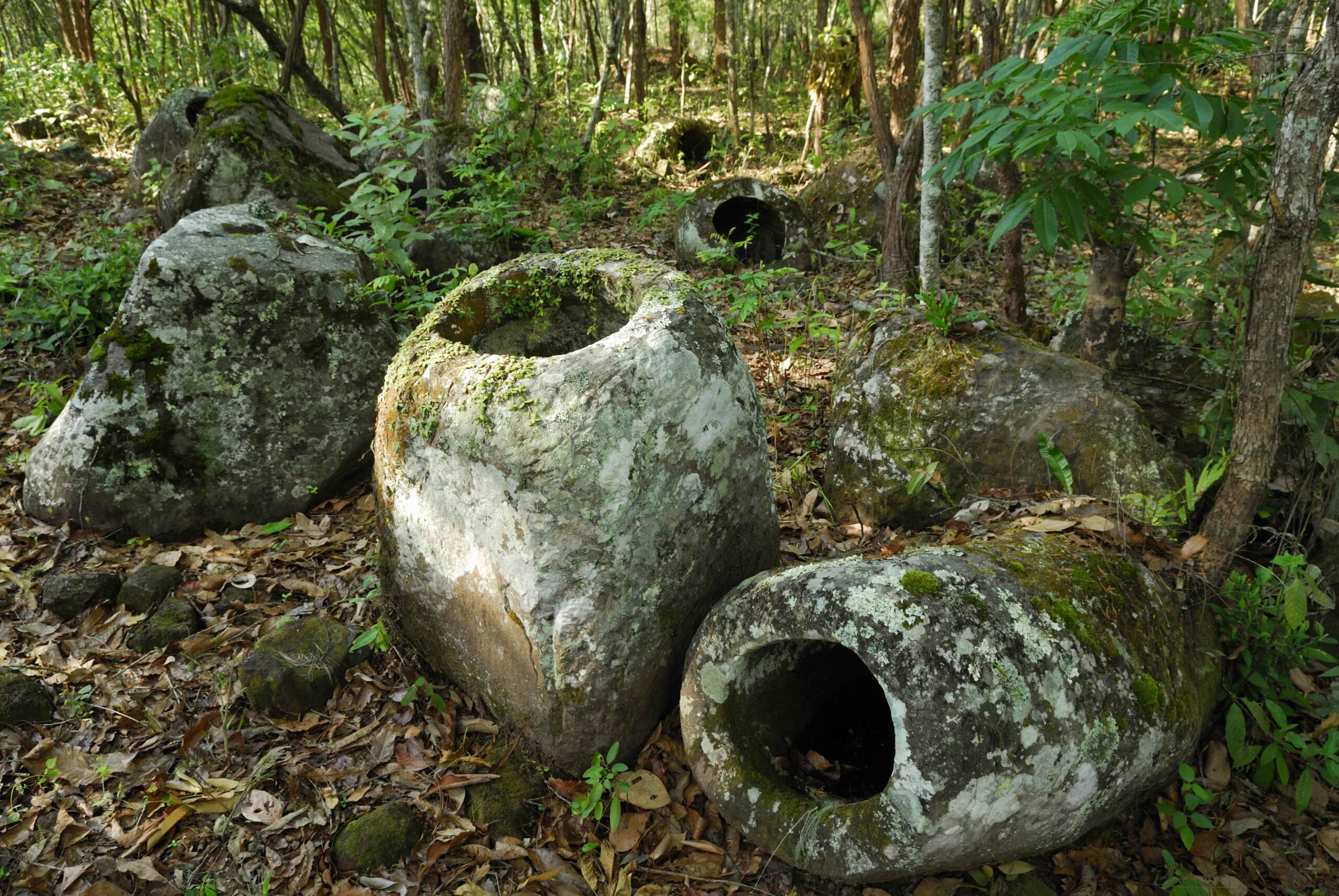
BORDEAUX, FRANCE—A fragment raven bone thought to have been carved with ridges by Neanderthals has been unearthed at a rock shelter in Crimea, according to a report in The International Business Times. The bone, which may be between 38,000 and 43,000 years old, is thought to have been carved with six irregular ridges at first. Two additional, shallow ridges may have been added later to improve the regularity of the pattern. The researchers speculate the ridges might have been intended to make the bone easier to grip, or as a mark of ownership. But, “if it was just a mark of ownership or to facilitate grip of object then they were not obliged to make them so clearly equidistant and similar,” explained Francesco d’Errico of the University of Bordeaux. The team members tried to replicate the incisions on turkey bones in order to determine how difficult it was to create a regular pattern. “So there is a will to produce something that can be recognized visually as consistent,” d’Errico concluded. “If consistency is an indication of aesthetics, then this supports the idea that Neanderthals did have a sense of the aesthetic.” To read more about our extinct cousins' artistic sensibilities, read "Neanderthal Necklace."











